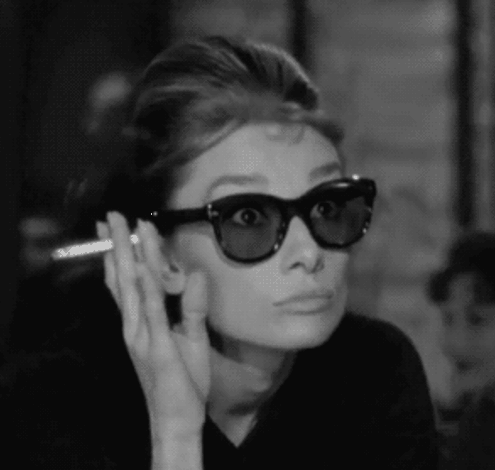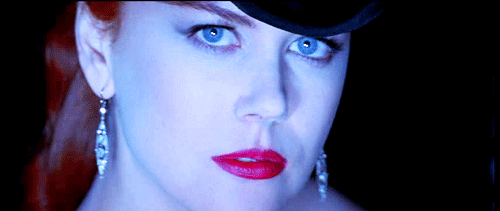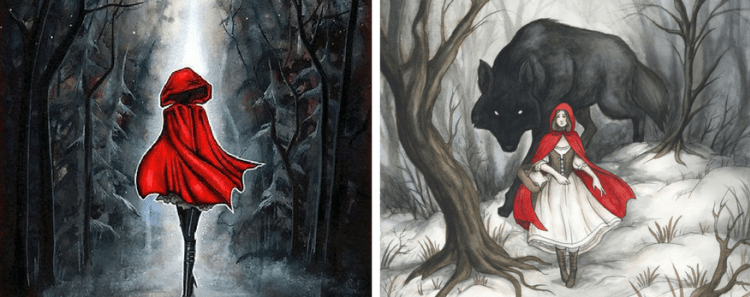 Image from the Amazon page for the book.
Image from the Amazon page for the book.
I may have mentioned once (but probably not and I’m too lazy to check) that my favorite book is Suite Scarlett by Maureen Johnson. It’s set in New York in an old hotel with gorgeous rooms, and the main character is a savvy young woman who gets swept away in the whirlwind of glamor that is Mrs. Amberson. It was the book that inspired me to write, because I was so in love with each of the characters and how individual and real they felt to me. I had been an actor back then, and characters were everything to me (they admittedly still are).
The Swans of Fifth Avenue by Melanie Benjamin (335 pages) was another taste of Scarlett and Amberson’s antics, but Scarlett was a flamboyant (and gay) writer named Truman Capote and Mrs. Amberson was a married trophy wife with a supposedly perfect life. Together the two trotted through New York high society like Scarlett and Mrs. Amberson waltz through the slums, and the language was eerily reminiscent as well. I adored the grandeur of it all and the familiarity it brought me. I not only love that book but I love New York. I’ve been there twice and I plan on making many more trips there in the future. Both authors capture New York beautifully and accurately, but there are some specific things to point out with Benjamin’s story. The historical accuracy and the Moulin Rouge-styled flashback-but-not-a-flashback style of writing really had me loving this story, but it was all very fluffy and superficial on a weird and over-exaggerated level.
Once again, before I delve into my review, I want to talk about why I picked up this book. I mentioned it a bit in my very first “It’s Monday! What are You Reading?” post, but I wanted to expand on it a bit more. In my story, there is an element for a certain character (my same character for whom I was studying Humbert Humbert for) which calls for high society and the ability to be a bit hoity-toity. In my search for that specific element in my story, I came across the best seller section in the book store and found the story of the Swans. It featured my favorite big city in the U. S. and its history, and it had the high society and scandal I was looking for. It also advertised murder (there was no real murder, which was a let down, though the figurative murder was quite fitting for the story), which was another aspect I needed to look into anyways. So I picked up this book and I adored it as a whole.
Slight spoiler warning here for the synopsis of the book and all that jazz.
Now, this book follows Truman and Babe in their adventures as friends (and in some weird way, platonic lovers). It’s hard to give a linear plot for this story, but in the easiest way to explain possible, Truman gains the trust of Babe and her high society friends in order to find stories and muses for his works like Breakfast at Tiffany’s. As he skirts around the society gaining the trust of others and becoming the literary darling of New York, he gives way to a huge literary scandal, of which the specifics I will not give away!
Spoilers ending here.
 GIF found at Giphy.
GIF found at Giphy.
There were many reasons I enjoyed this book, but two things specifically are the historical accuracy of the story and the style of how it was written. Firstly, I did not originally register that the Paleys and Capote were all real people. Once Capote’s works were mentioned and I recognized those (but for some reason not his name) I did quite a bit of research, and this story is rather accurate to character and time period. Babe is decadently fleshed out as a character beyond her pretty exterior, and Truman is given so many facets of depth that it’s easy to get distracted from his interior flaws by how perfect his cut is. The second thing I really enjoyed about this story was that the way it was told reminded me heavily of Moulin Rouge! (2001), an musical film starring Nicole Kidman and Ewan McGregor where the very first thing you learn is that the woman featured in the film (Kidman) is dead. In this story, the reader discovers that something horrible has happened to Babe Paley, though not much context is given as the Swans gossip about it and blame Truman. As you read more about Babe and Truman’s story, you get flashbacks to the conversation between the Swans about Babe and Truman, and more information about what happened between the two of them that turned so sour is revealed. Moulin Rouge! is similar in that as the story continues, more context is given about why the leading lady is deceased, despite the fact that the eventual outcome is already predetermined. I thought using the flashback chapters in this way really benefitted the story, as I couldn’t believe the horrible things they’d say about Truman until it all came together in the end.
 Image from FanPop.
Image from FanPop.
Something I didn’t really like about the book was how fluffed up the language was as a whole. It reminded me of something a student would write in order to make their essay longer. Sometimes the repetition and extra detail was to the writer’s advantage, and sometimes it just seemed excessive, and there were no proper balance between the two. It sort of reminded me of Humbert Humbert in a weird way, though far less pompous and a lot less like a whiny six year old. Still, it seemed to go on and on in a way that excessive, much like this paragraph. Yes. This is on purpose. Did I mention it was repetitive? Just a bit.
 GIF from Pintrest.
GIF from Pintrest.
As a whole, I enjoyed this book. It was familiar to me as I read it, and the more I learned about the context surrounding the book, the more deeply I got to understand it. Sure, it didn’t have the exact type of murder and scandal I was looking for, but I’m still extremely glad I got to pick it up and learn from it. I highly recommend this story to readers who enjoy the fluffier side of literature but the nitty gritty of real stories and real contexts.
Word Count: 1074
Advertisements Share this:





